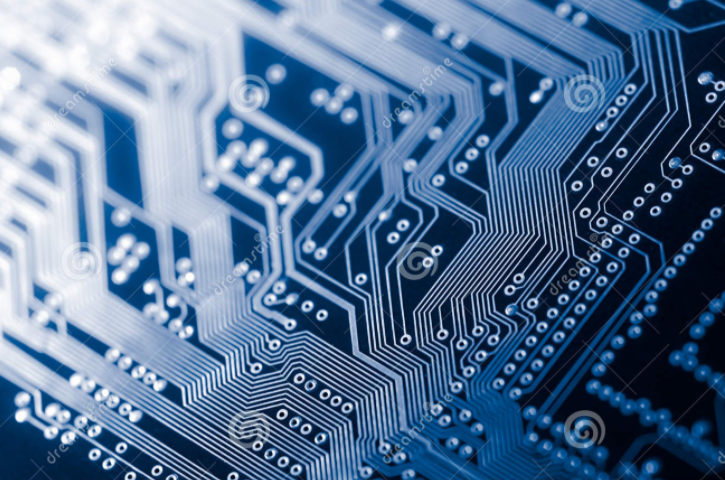What is the gold used in PCB manufacturing?
Businesses and consumers almost rely on electronic devices to complete all aspects of daily life. Cars are full of printed circuit boards (PCBs), suitable for everything from lighting and entertainment to sensors that control the behavior of key mechanical functions. Computers, tablets, smart phones and even many toys enjoyed by children use electronic components and PCBs for their complex functions.
Today's PCB design faces the challenge of creating reliable circuit boards that perform increasingly complex functions while controlling costs and shrinking size. This is particularly important in smartphones, drones and other applications, because weight is an important consideration for PCB characteristics.
Gold is an important element in the design of printed circuit boards, and pay close attention to most printed circuit boards that display the "fingers" on the board including metal contacts made of gold. These fingers are usually multiple layers of metal, which may include a material plated with a final layer of gold, such as tin lead, cobalt, or nickel. These gold contacts are critical to the function of the resulting PCB and establish a connection with the product containing the circuit board.
Why use gold?
The attribute gold color makes it an excellent choice in PCB manufacturing. Gold-plated edge connectors provide a consistent surface finish for applications that are subject to high wear, such as board insertion edge points. The hardened gold surface has a stable surface that can resist the wear caused by this repetitive activity.
In its essence, gold is very suitable for electronic applications:
It is easy to form and operates on connectors, wires and relay contacts. Gold conducts electricity very efficiently (an obvious requirement for PCB applications). It can carry a small amount of current, which is essential for today's electronic devices. li> Other metals can be alloyed with gold, such as nickel or cobalt. It will not discolor or corrode, making it a reliable connection medium. Melting and recycling of gold is a relatively simple process. Only silver and copper provide higher electrical conductivity., But each of them is prone to corrosion and generates current resistance. Even thin gold applications can provide reliable and stable contacts with low resistance. Gold connections can withstand high temperature changes in thickness. nis can be used to meet the requirements of specific applications.

Almost every electronic device contains a certain degree of gold, including TVs, smart phones, computers, GPS devices, and even wearable technology. Computers are a natural application of PCBs containing gold and other gold elements because they need to reliably and high-speed transmit digital signals that are more suitable for gold than any other metal.
Gold is unparalleled for applications including low voltage and low resistance requirements, making it ideal for PCB contacts and other electronic applications. The use of gold in the manufacture of electronic equipment has now far exceeded the consumption of precious metals in the manufacture of jewelry.
Another contribution of gold to technology is the aerospace industry. Due to the high life expectancy and reliability of gold connections and PCB integration into spacecraft and satellites, gold is the natural choice for key components.
Other matters needing attention in PCB layout
Of course, there are disadvantages to using gold in PCBs:
Price-Gold resources are limited as a precious metal, making it an expensive material used in millions of electronic devices. Resource loss-An example is the use of gold in modern devices such as smartphones. Most smart phones are not recycled, and accidentally discarding the phone will permanently lose a small amount of gold. Although the number is small, the amount of discarded equipment is huge, but a considerable amount of unrecovered gold is generated. Under repeated or high-pressure installation/sliding conditions, self-coating gold may be easy to wear and smear. This makes the use of harder materials most effective for applications on compatible substrates. Another consideration for PCB use is to combine gold with another metal (such as nickel or cobalt) to form an alloy called "hard gold". The U.S. Environmental Protection Agency (EPA) reports that e-waste is growing at a faster rate than almost all other waste commodities. This includes not only the loss of gold, but also other precious metals and possible toxic substances.
PCB manufacturers must carefully weigh the use of gold in PCB manufacturing: applying a thin layer of metal may cause the circuit board to degrade or become unstable. Utilizing extra thickness becomes wasteful and expensive to manufacture.
Currently, PCB manufacturers have very limited options or alternatives, and these manufacturers live up to the capabilities and inherent properties of gold or gold alloys. Even if this precious metal is of high value, it is undoubtedly still the material of choice for PCB structure.